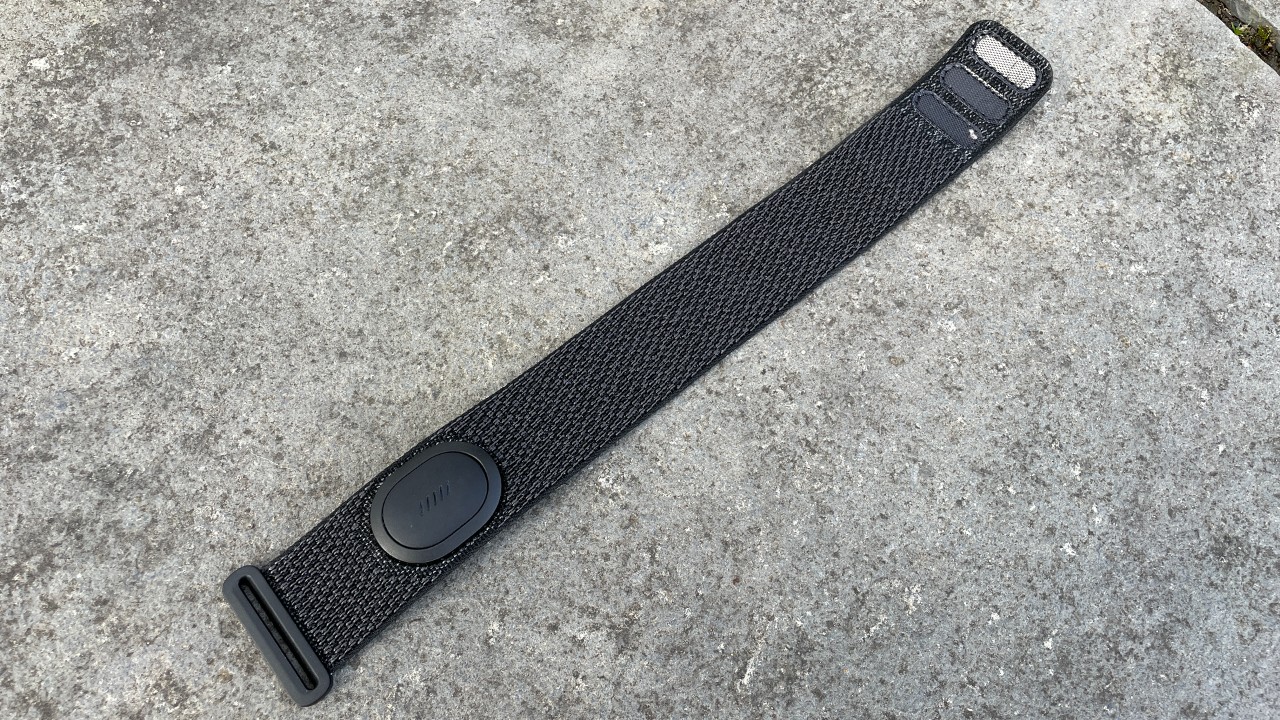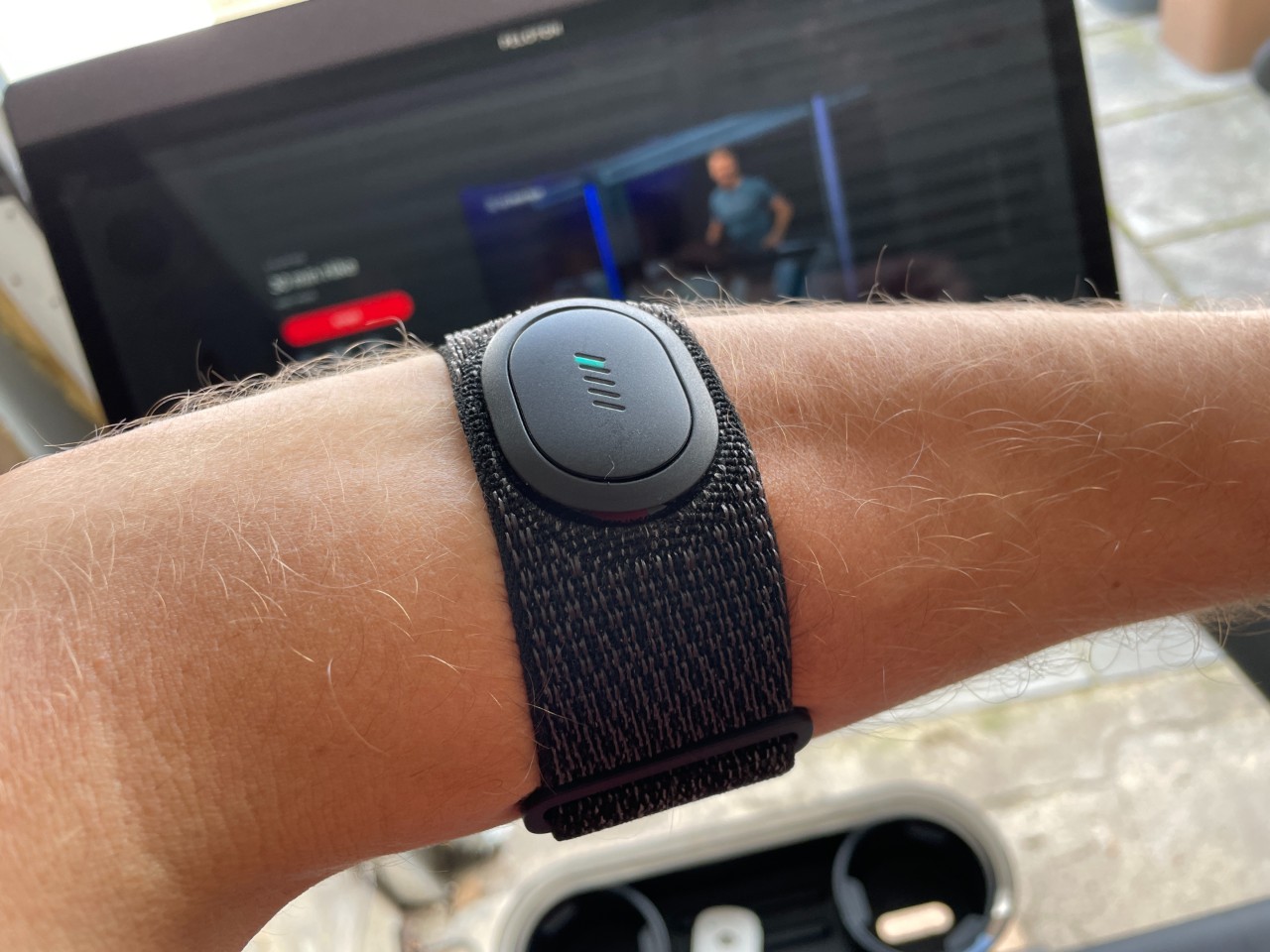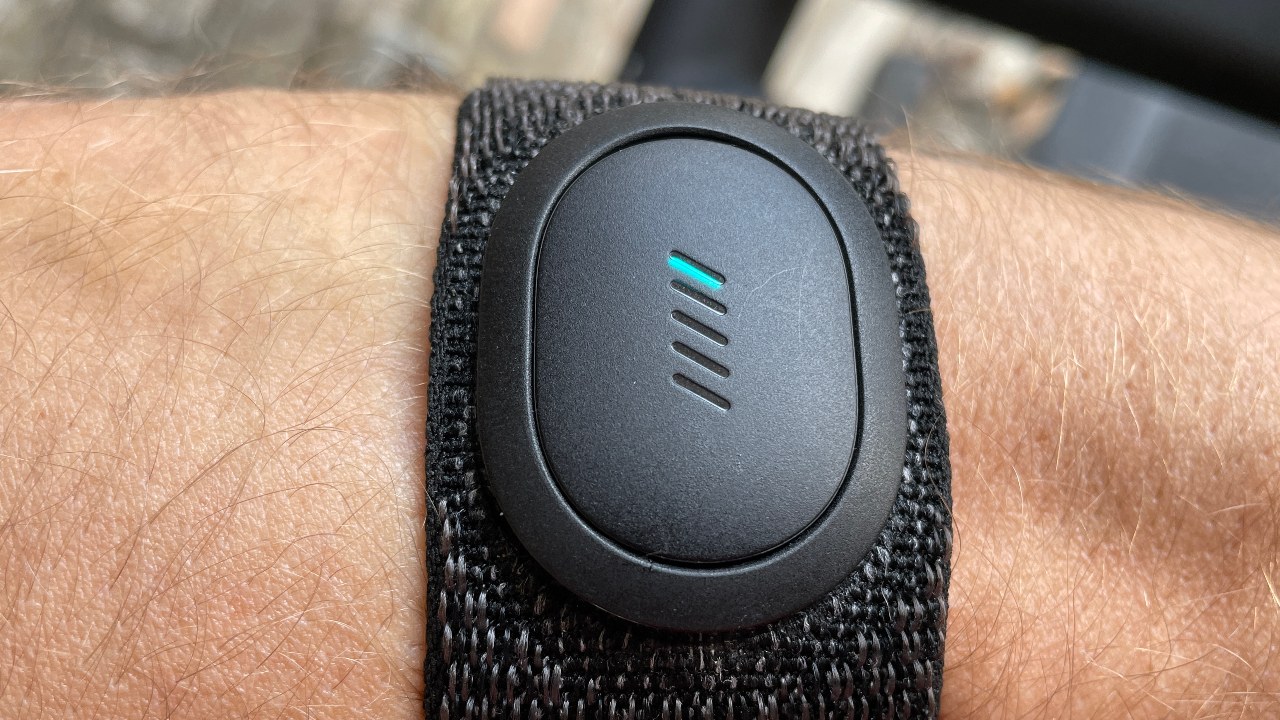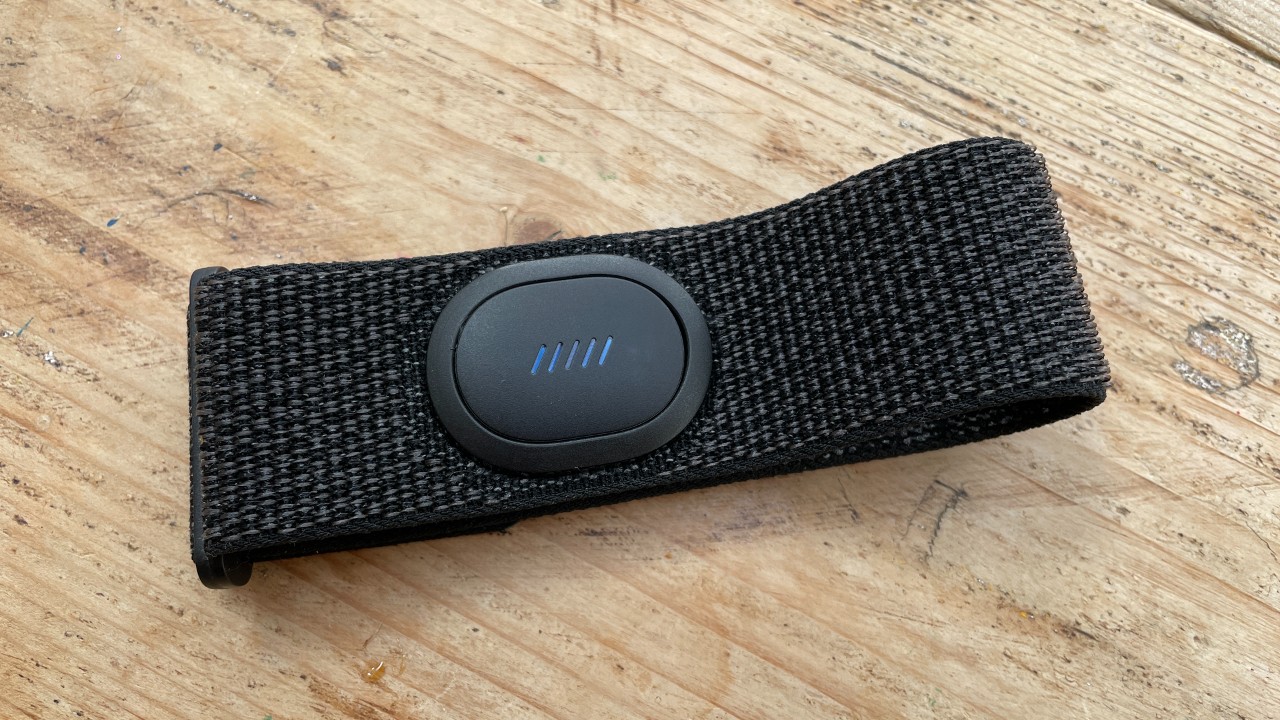Our Verdict
There are many better options than Peloton’s Heart Rate Band – including its own £30 chest strap – and many of those offer greater connectivity, longer battery life and, in the case of chest straps, more accurate readings.
For
- Comfortable to wear on arm
- Lights show heart rate zone
Against
- Not as accurate as a chest strap
- Short battery life
- Not ANT+ compatible
You can trust Coach
Even for the most committed Peloton fan, the new Heart Rate Band is a tough sell. Whether you prefer an armband or a chest strap, there are many better products available that cost less than this.
The band is easy to use with Peloton’s machines and has a well-thought-out display to show your heart rate zone, but it doesn’t offer ANT+ connectivity and is less accurate than the best heart rate monitors. And we know from our experience of reviewing the Peloton Tread and Peloton Bike, and trialling the new Peloton Guide, that pairing any heart rate monitor to a Peloton machine is easy anyway.
Peloton Heart Rate Band Review: Price And Availability
You can buy the Heart Rate Band from Peloton for £80, which is £50 more than the company’s chest strap heart rate monitor. An alternative of note is the Polar Verity Sense armband, which costs £76.50, offers Bluetooth and ANT+ connectivity, and has a longer battery life than the Peloton band.
Design

The Peloton Heart Rate Band comes with either a small or large armband, with the small band designed for forearms that measure 19cm-27cm and the large for 27cm-34cm. The band is wide and quite thick so it stays in place well, but it’s also hotter and sweatier than the thin band on a product such as Polar’s Verity Sense.
There is stretch in the band’s strap and I found I could wear the small band on either my forearm or biceps, aided by the small size of the latter. I would advise aiming for a band that also fits on your upper arm because wearing a heart rate band there, rather than on the forearm, results in more accurate readings in my experience.
The sensor is a pod that you slip into the band. Press the top to wake it up and the five-light display will indicate the battery life in bars and flash blue when the band is in pairing mode. Once linked to a Peloton machine or an app it will display the heart rate zone you are in using colour-coded bars.
I found that the Peloton Tread linked up with the band easily, and I could also pair it to third-party apps like Strava. Note it can pair only via Bluetooth, whereas most monitors will connect to devices via Bluetooth and ANT+.
Sign up for workout ideas, training advice, reviews of the latest gear and more.

Sports Use
Monitoring your heart rate accurately is a great way to judge effort levels during any kind of exercise, and with Peloton the info is used in the Strive Score that comes up during your workouts. This score works across different workouts well, so you can judge if you’re pushing harder in runs or cycles than you are in HIIT sessions.
I always use a chest strap heart rate monitor for my running to get more accurate tracking that you do from an optical heart rate sensor worn on the wrist. Moving an optical sensor to the forearm or biceps also improves the accuracy.
The Peloton band was good for accuracy on my forearm or biceps when compared with the readings from a Garmin HRM-Pro chest strap, and the lights on the top make it easy to see what heart rate zone you’re in – though this info is even easier to see on screen if using it with the Tread or Peloton Bike.

However, it did have the odd spike, and sometimes at the start of workouts my heart rate reading from the Peloton band would be too high for the first 10 to 15 minutes, which obviously threw the Strive Score out of whack.
Overall, a chest strap is more accurate and it’s easy to pair one to the Peloton app and machines. However, if you don’t like the feeling of wearing a chest strap, a band worn on the arm is a good option and the Peloton band is comfortable if slightly bulky. Given the Peloton band’s limited connectivity and high price, though, I’d recommend the Polar Verity Sense if you do prefer that style of monitor.
Battery Life
You pop the pod out of the band to charge it in a dedicated cradle, and it lasts 10 hours on a charge. Again this compares unfavourably to other options: the Polar Verity Sense lasts 30 hours on a charge, and heart rate monitors that use watch-style batteries last months before needing their battery replaced.
It is at least easy to monitor the battery level on the Peloton Heart Rate Band thanks to the lights on the top.

Is The Peloton Heart Rate Band Worth It?
No. It offers less connectivity and battery life than chest straps that cost half its price and are more accurate, including Peloton’s own chest strap. Even if you would prefer an armband, the Polar Verity Sense is a better all-round product that costs less. The only feature of note here is the LED display, which is well done but largely unnecessary most of the time.

Nick Harris-Fry is a journalist who has been covering health and fitness since 2015. Nick is an avid runner, covering 70-110km a week, which gives him ample opportunity to test a wide range of running shoes and running gear. He is also the chief tester for fitness trackers and running watches, treadmills and exercise bikes, and workout headphones.

